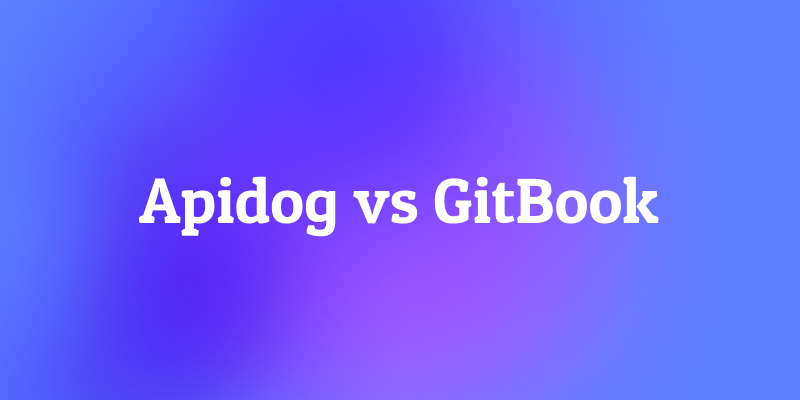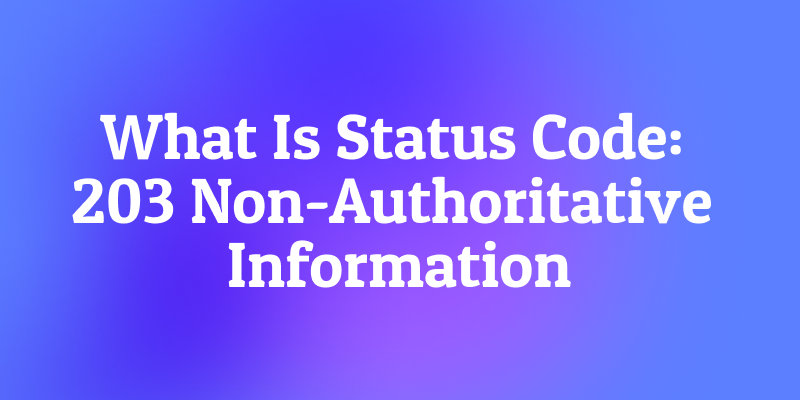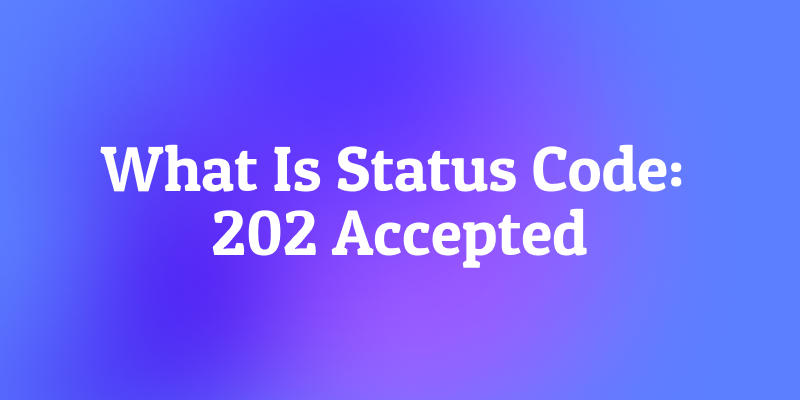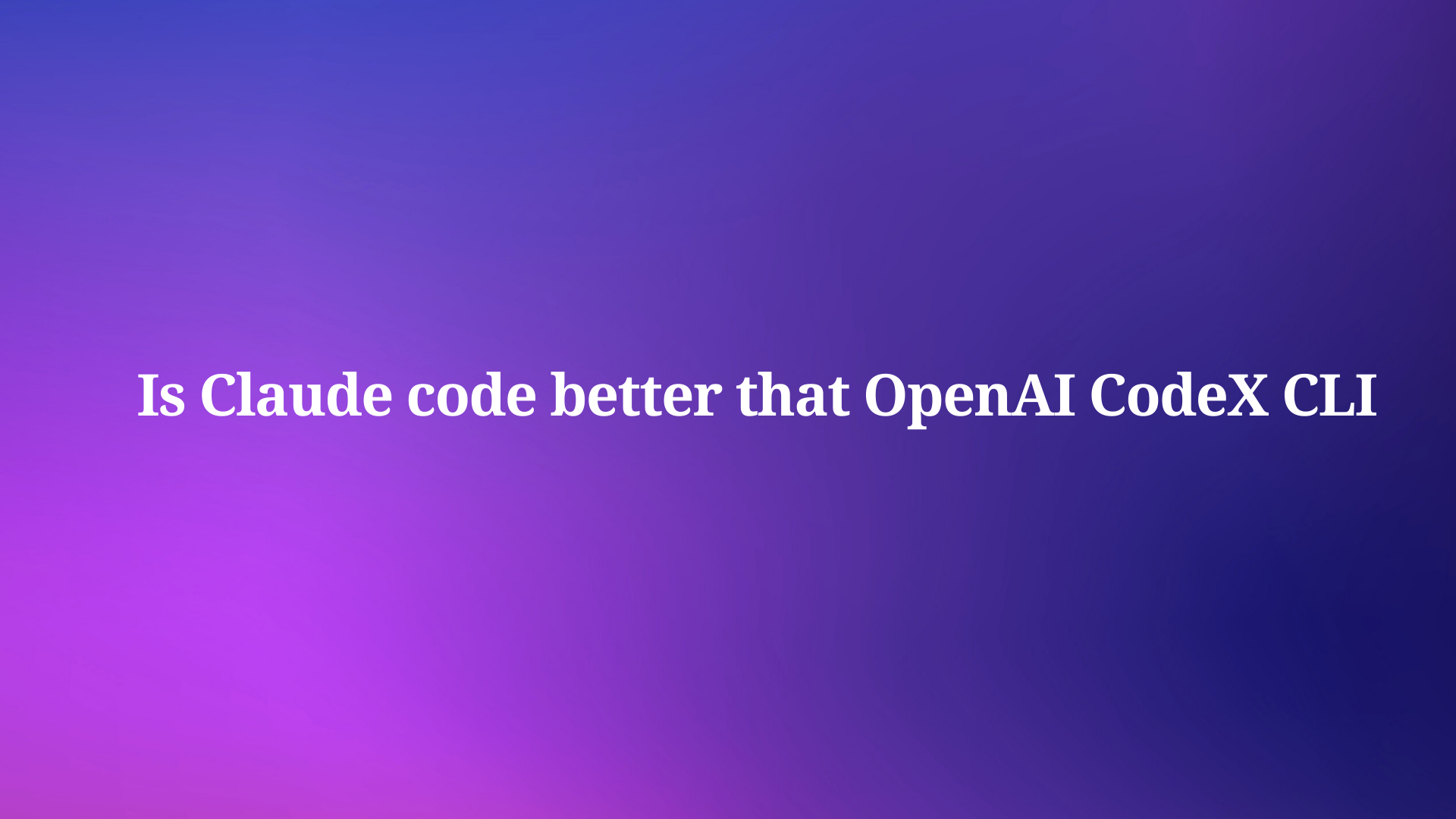When it comes to API documentation, developers often find themselves stuck choosing between tools that focus on collaboration and publishing versus those that are built for the entire API lifecycle. You have a critical mission: create clear, helpful, and accurate documentation. Your success depends on it. As you research the best tool for the job, two powerful options emerge: Apidog and GitBook. At first glance, they might seem similar; both help you create and publish documentation. But that's where the similarity ends.
Choosing between them is a fundamental decision about what you're really documenting. Are you building a comprehensive knowledge base for a product? Or are you detailing the specifics of an API?
Here's the simplest way to frame it:
- GitBook is a world-class, general-purpose documentation platform. It's perfect for user manuals, product guides, and company wikis.
- Apidog is a specialized, all-in-one API platform that includes powerful API documentation as one of its many features.
It's the difference between a versatile word processor (like Google Docs) and a specialized IDE (like Visual Studio Code). You could write code in a word processor, but you'd be missing all the features that make an IDE indispensable.
Now, here's the thing: while both can help you create documentation, they serve different purposes. GitBook is more like a knowledge base and documentation publishing tool, whereas Apidog is a modern API-first platform that helps you design, test, mock, and document APIs all in one place.
Now, let's dive into the strengths, philosophies, and ideal use cases for each tool to help you make the right choice.
Why API Documentation Matters More Than Ever
In today's interconnected software landscape, APIs are the backbone of innovation. Whether you're running a startup or managing enterprise-grade systems, your API is likely how users, customers, or third-party developers interact with your product.
But here's the kicker: even the best API fails without great documentation. Developers need clear instructions, examples, and testing capabilities. Poor docs mean frustrated users, endless support tickets, and slower adoption.
That's where tools like GitBook and Apidog come into play. Each offers a way to solve the documentation challenge but in different ways.
The Core Difference: Specialization vs. Generalization
The most significant difference lies in their core purpose and design DNA.
- GitBook's Philosophy: "I am the best platform for creating beautiful, organized, and collaborative documentation for humans. I will help you structure your knowledge, whether it's for end-users, internal teams, or customers."
- Apidog's Philosophy: "I am the central hub for the entire API lifecycle. Documentation is a crucial output of the work you do designing, testing, and debugging your APIs within my platform. My docs are for developers who need to use your API."
GitBook is a documentation-centric tool that can document anything. Apidog is an API-centric tool whose documentation is a feature of its broader workflow.
A Deep Dive into GitBook: The Knowledge Base Powerhouse
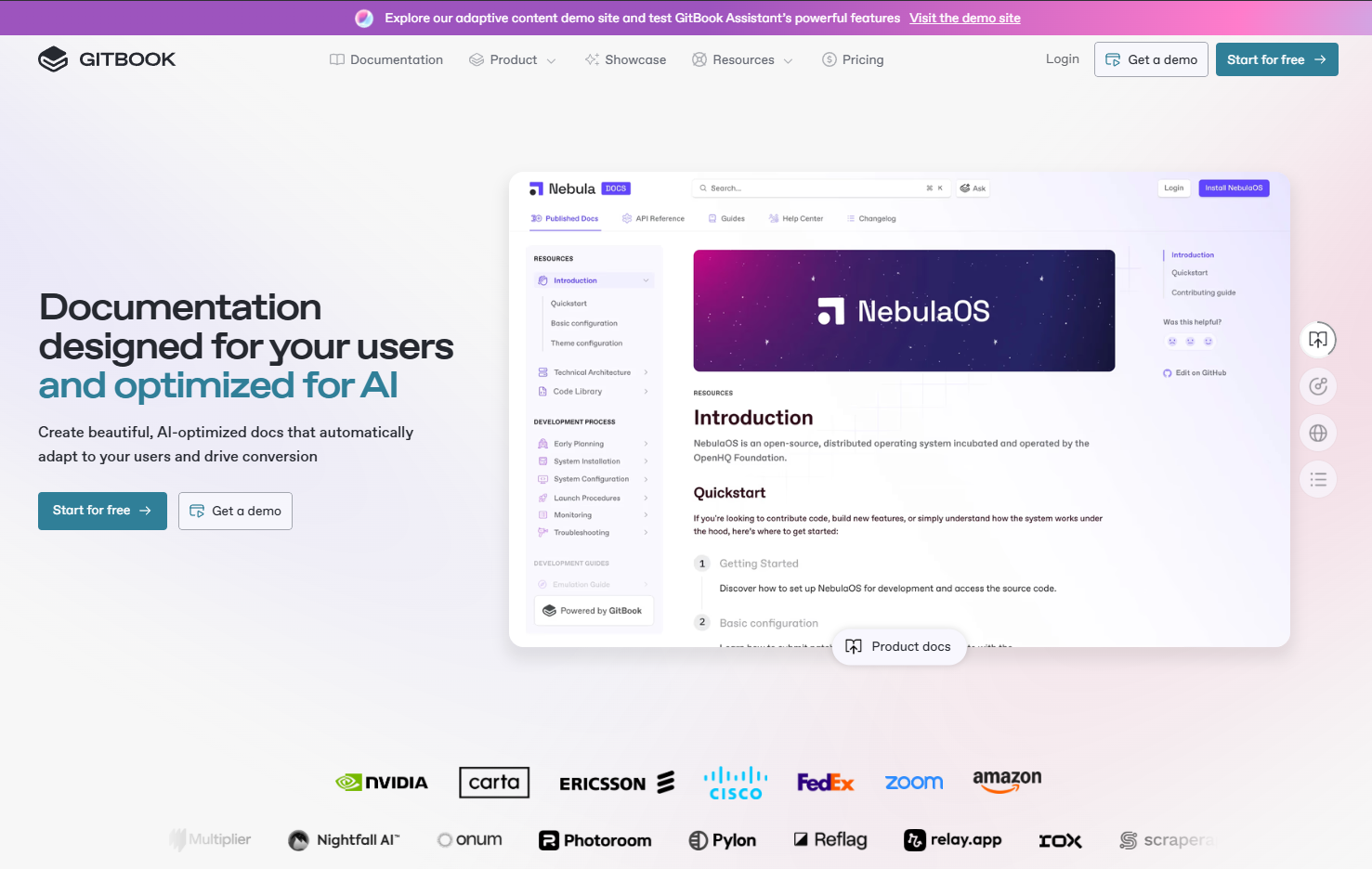
GitBook has established itself as a leader in the knowledge base and documentation space. It's designed to make writing and organizing information intuitive and powerful. Over time, it evolved into a collaborative documentation platform, kind of like a cross between Notion and a wiki.
How GitBook Works: The Content-First Approach
GitBook is built around the concept of "spaces" — separate workspaces for different projects or teams. Within a space, you create a hierarchy of pages.
- Write Content: You create pages and write content using a powerful, intuitive editor that supports rich text, Markdown, code blocks, images, videos, and embeds.
- Organize: You structure your content using a sidebar navigation, groups, and sub-pages. This is perfect for creating table-of-contents-like structures for user guides.
- Collaborate: Team members can suggest changes, leave comments, and collaborate on content in real-time, similar to Google Docs.
- Publish & Integrate: You publish your space to a custom domain (e.g.,
docs.yourcompany.com) and can integrate it with tools like Slack, Figma, and Intercom.
Key Features and Strengths of GitBook
- Superior Writing Experience: The editor is arguably one of the best on the market for long-form technical and product writing.
- Beautiful Output: GitBook's published sites are clean, professional, fast, and mobile-responsive. They are designed for optimal reading.
- Content Flexibility: You can document absolutely anything: user onboarding, product requirements, company handbooks, standard operating procedures (SOPs), and yes, even API concepts.
- Integration with Knowledge Ecosystems: It plugs into tools like Slack for notifications and Intercom for help center articles.
- Access Control: Fine-grained permissions for viewers, editors, and admins.
Limitations of GitBook for API Documentation
- Static by Nature: API details written in GitBook are manual. If your API changes, you must manually update the GitBook content or rely on a fragile integration. This is a major source of documentation drift.
- No "Try It" Functionality: Developers cannot execute API calls from within GitBook documentation. They can only read about them.
- No API Testing or Design: It doesn't help you design, test, or mock your APIs. It's purely for writing about them after the fact.
- No Automatic Sync: It is not connected to your API's source of truth (e.g., an OpenAPI spec). You are maintaining two separate sources.
In short, GitBook is like your "beautiful documentation publisher" but not a complete API platform.
A Deep Dive into Apidog: The API Lifecycle Platform
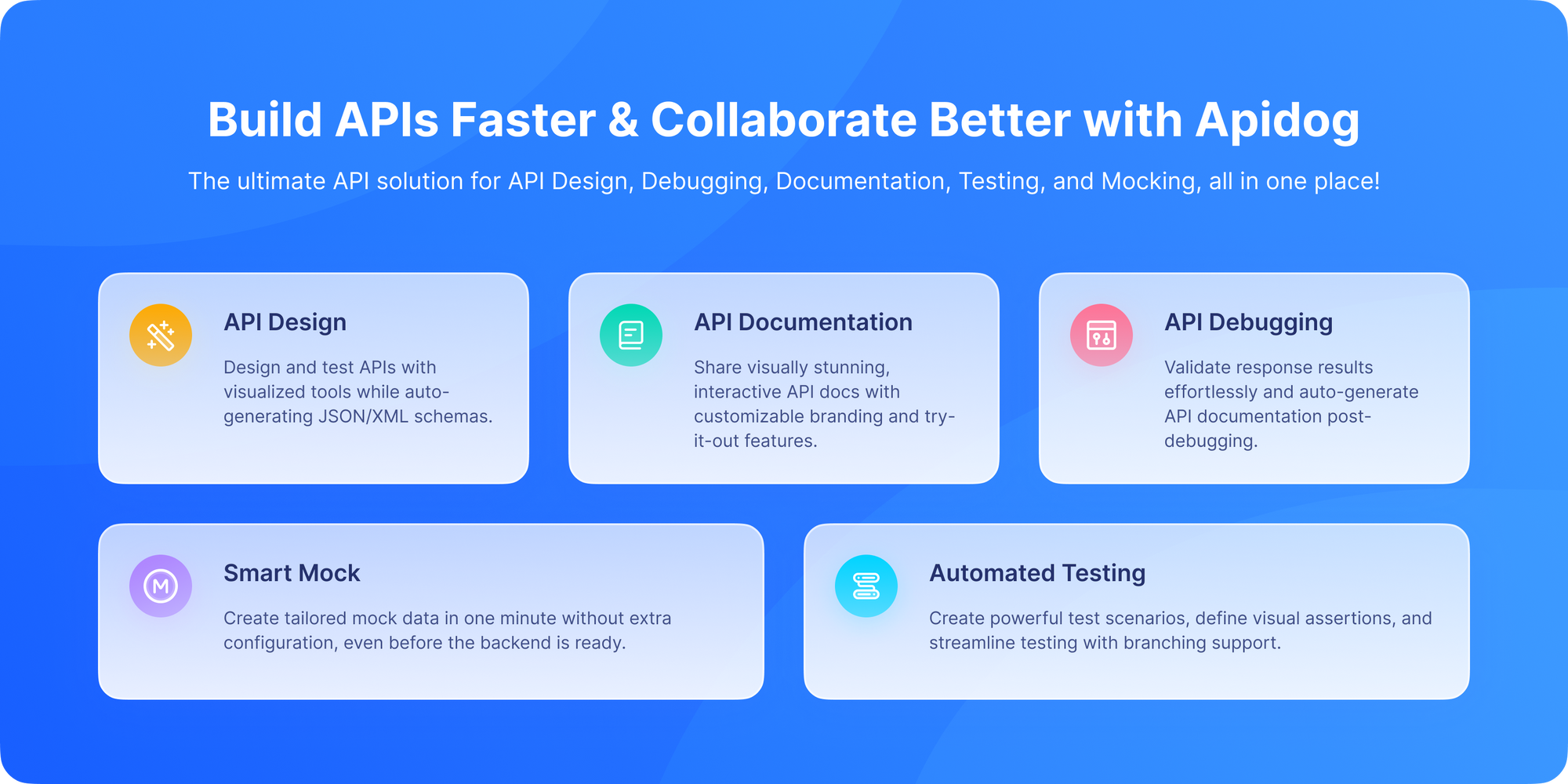
Apidog takes a completely different approach. The documentation is not the starting point; it's the natural output of the API design process.
How Apidog Works: The Design-First Approach
In Apidog, you don't just write about your API; you define your API.
- Design Your API: You use Apidog's visual editor to create your API endpoints. You define the URL, method, parameters, request body, and response body. This design is the single source of truth.
- Test Your API: You use Apidog's built-in testing tools to send requests to your development server, debug responses, and write automated tests.
- Mock Your API: Instantly generate a mock server so front-end developers can work against realistic data.
- Generate Documentation: Apidog automatically generates interactive, up-to-date API documentation from your API design. The docs are always in sync because they are derived directly from the source of truth.
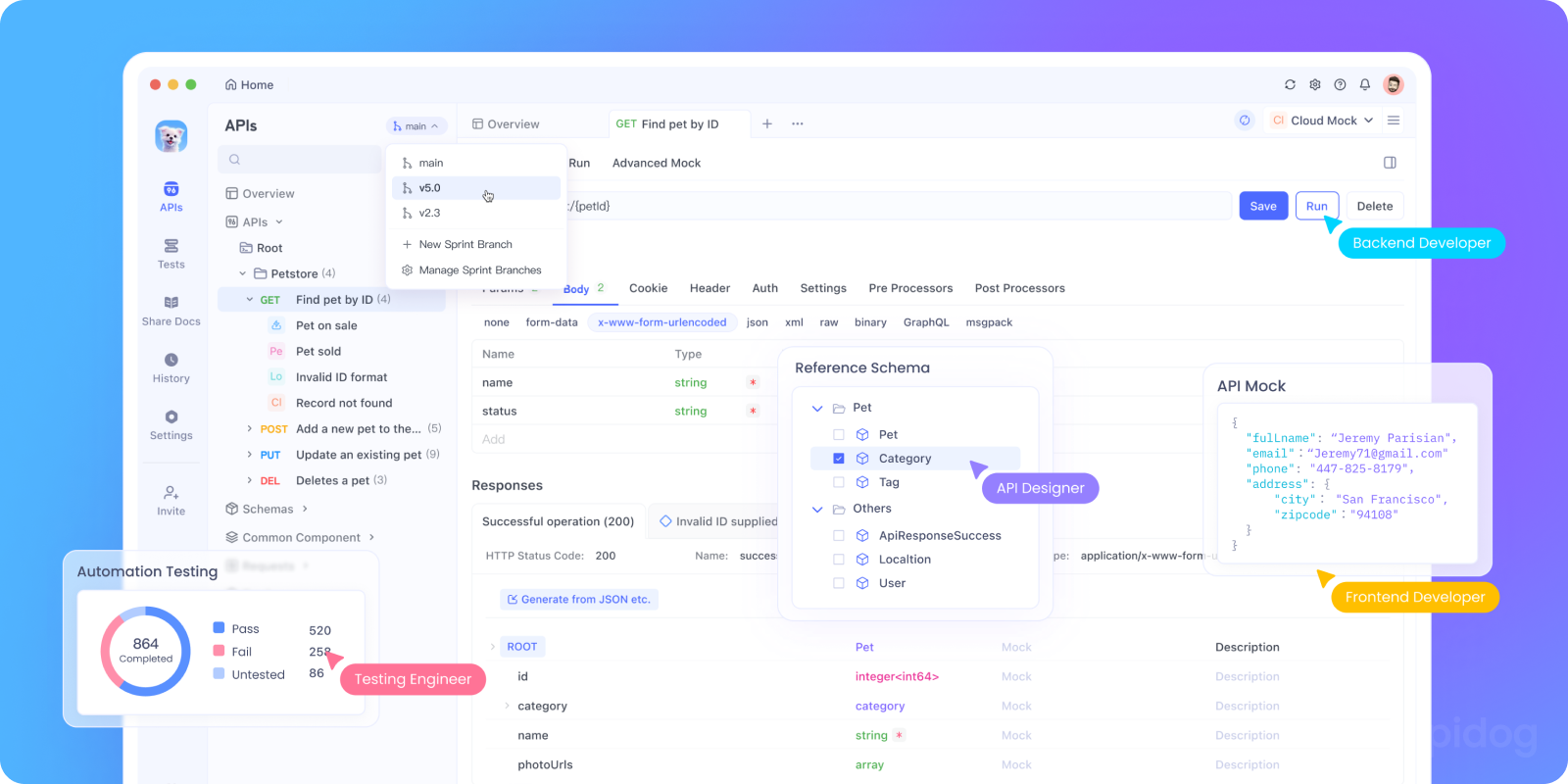
Key Features and Strengths of Apidog
- Always Accurate Documentation: The number one benefit. Documentation is generated from the live API design, eliminating drift.
- Interactive API Console: Developers can try out API calls directly from the documentation, entering their own values and seeing real responses. This is a game-changer for developer experience.
- All-in-One Workflow: Design, test, mock, and document in one place. This eliminates context-switching between tools.
- Team Collaboration for APIs: Developers can discuss endpoints, share changes, and review API designs within the platform.
- OpenAPI Support: Import existing OpenAPI specs to generate documentation instantly, or export your Apidog projects to OpenAPI.
Considerations for Apidog
- Scope: It is specialized for APIs. You wouldn't use it to write a user guide for your mobile app's UI or your company's HR policies.
- Writing Experience: While you can add descriptive Markdown content to your API docs, it is not a replacement for GitBook's rich text editor for long-form content.
Pricing: Free Isn't Just Free It's Revolutionary
GitBook
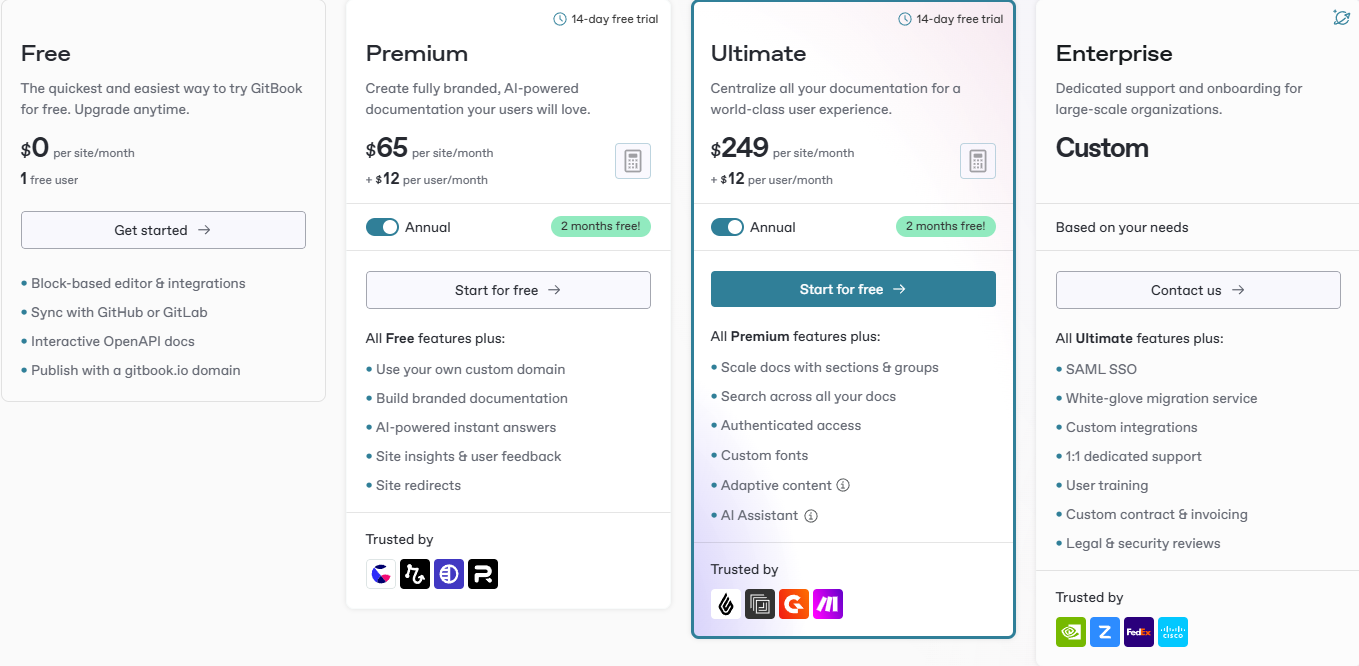
GitBook starts with a robust free plan that allows unlimited public documentation, basic collaboration, and Markdown editing. Its paid plans begin at $8 per user/month (billed annually) for the "Pro" tier, adding private docs, version history, custom branding, analytics, and AI-powered content assistance. The "Enterprise" plan includes advanced security (SSO, SCIM), granular permissions, dedicated support, and custom integrations all priced individually based on organizational needs. GitBook positions itself as a modern knowledge base and documentation platform for entire companies not just APIs making it ideal for product, engineering, and customer success teams.
Apidog
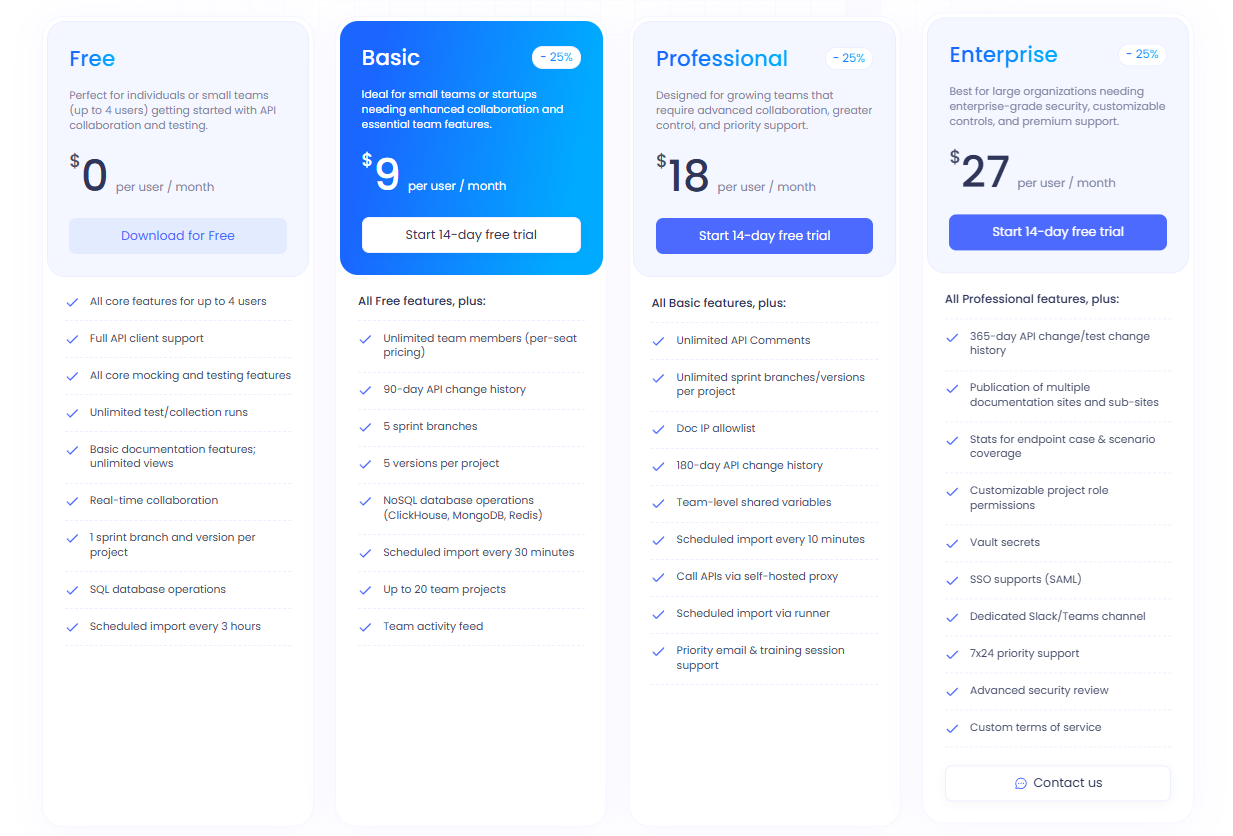
Apidog offers a generous free plan that includes unlimited API projects, team collaboration (up to 3 members), basic mocking, testing, and documentation features. For teams needing more power, Apidog has paid plans starting at around $9 per user/month (billed annually) for the "Pro" tier, which unlocks advanced features like private workspaces, priority support, enhanced mock servers, CI/CD integration, and audit logs. There's also an "Enterprise" plan with custom pricing for larger organizations requiring SSO, dedicated infrastructure, and SLAs. Importantly, Apidog is focused entirely on API development workflows so its pricing reflects tools for testers, developers, and product teams building and managing APIs.
Performance, Scalability, and Maintenance Overhead
Let's talk about the hidden costs.
GitBook: High Friction, Low Automation
- You must manually update every endpoint
- If you use GitHub sync, you're tied to Markdown, not OpenAPI
- No way to validate if your docs match your API
- Every change = human effort
- If you have 50 microservices? 50 sets of docs to maintain
- Versioning requires manual branching
- Hosting? Cloud-based good. But you're locked into their ecosystem
It’s like maintaining a wiki written by 10 people who all speak different languages.
Apidog: Zero Touch, Infinite Scale
- Import once. Forget it.
- Every change to your OpenAPI spec → auto-updates docs
- Mock server works across environments (dev/staging/prod)
- CI/CD integration means docs update on every PR
- Custom domains, SSL, SSO enterprise-ready
You don't manage Apidog. It manages itself. And if you're scaling? It scales with you. No extra work. No training. No onboarding. Just… docs that work.
Side-by-Side Comparison: A Practical Breakdown
| Feature | GitBook | Apidog |
|---|---|---|
| Primary Purpose | General Knowledge Base | API Design, Testing, and Documentation |
| Core Strength | Writing & organizing long-form content | Designing & testing API contracts |
| Documentation Type | Static, manually written pages | Dynamic, auto-generated from API design |
| "Try It" Feature | ❌ | ✅ (Interactive API console) |
| Content Sync | Manual | Automatic (No documentation drift) |
| API Testing | ❌ | ✅ (Full-featured client & automation) |
| Mock Server | ❌ | ✅ (Instant, from API design) |
| Ideal For | User manuals, product docs, wikis, SOPs | REST, GraphQL, gRPC, WebSocket API docs |
| Integrations | Slack, Intercom, Figma | CI/CD, GitHub, probably other dev tools |
Security, Hosting, and Compliance
Another area where Apidog pulls ahead. GitBook is hosted on their servers. Fine. But if you're in healthcare, finance, or government? You need:
- SOC 2 compliance
- Data residency options (EU servers)
- SSO via Okta, Azure AD
- Audit logs
- Role-based access control
GitBook offers some of this but only on paid plans.
And even then, you’re trusting them with your API specs which often contain secrets, tokens, internal URLs.
Apidog?
- Offers EU data hosting
- Supports SAML/OAuth2 SSO
- Role-based permissions (Viewer, Editor, Admin)
- Full audit trail who changed what and when
- You own your data export anytime
- Private docs with password protection
And best of all you can self-host Apidog if you need to (enterprise plan). GitBook? No self-hosting option. You're locked in.
Which Tool Is Right For You?
The choice is actually quite clear once you identify your primary goal.
Choose GitBook if:
- You need to create user-facing help centers, product manuals, or onboarding guides.
- You are documenting a whole product (e.g., how to use a SaaS dashboard), not just its API.
- You are building an internal company wiki or knowledge base for standard operating procedures.
- Your content is primarily long-form text, images, and videos.
- The documentation is for a wide audience, including non-technical users.
GitBook is your go-to for any documentation that isn't purely API-specific. It's the best-in-class tool for general knowledge sharing.
Choose Apidog if:
- Your main goal is to document an API (RESTful, GraphQL, etc.).
- Accuracy and avoiding drift are your top priorities.
- You want to provide an interactive "Try It" experience for developers.
- You also need to design, test, and mock those APIs the documentation is just one part of the puzzle.
- Your audience is primarily developers who need precise, executable documentation.
Apidog is the undisputed choice for API documentation. It ensures your docs are never out of date and provides a superior experience for your API consumers.
The Winning Combination: Using Both Together
For many software companies, the ideal setup is to use both tools together, each for their intended purpose.
- Use Apidog for your API Reference documentation. This is where developers go to see the exact endpoints, parameters, and responses. They can try out calls here.
- Use GitBook for your Product Guides and Help Center. This is where users go to learn "how to generate an API key," "understand core concepts," or "troubleshoot common issues."
You can even embed links between them. Your GitBook guide on "Authentication" can link directly to the /auth endpoints in your Apidog-generated API reference. This creates a perfect, seamless documentation ecosystem.
Conclusion: The Right Tool for the Right Job
The Apidog vs. GitBook discussion isn't a rivalry; it's a clarification of roles. They are complementary tools designed to solve different problems exceptionally well.
- GitBook is the master of general documentation. It is the best tool for organizing and presenting knowledge to humans in a readable, accessible format.
- Apidog is the master of API development and documentation. It is the best tool for ensuring your API contracts are well-designed, well-tested, and perfectly documented in a way that is interactive and always accurate.
Trying to use GitBook for API reference docs leads to manual upkeep and stale information. Trying to use Apidog for product user guides would be like using a scalpel to cut down a tree it's the wrong tool.
At the end of the day, both are excellent tools but if APIs are at the heart of your product, then Apidog is the smarter choice in 2025.
For teams building APIs, Apidog is not just a documentation tool; it's a fundamental part of the development workflow that guarantees your documentation is as robust as your code. Download Apidog for free to see how it can turn API documentation from a chore into a automatic, reliable output of your process.
